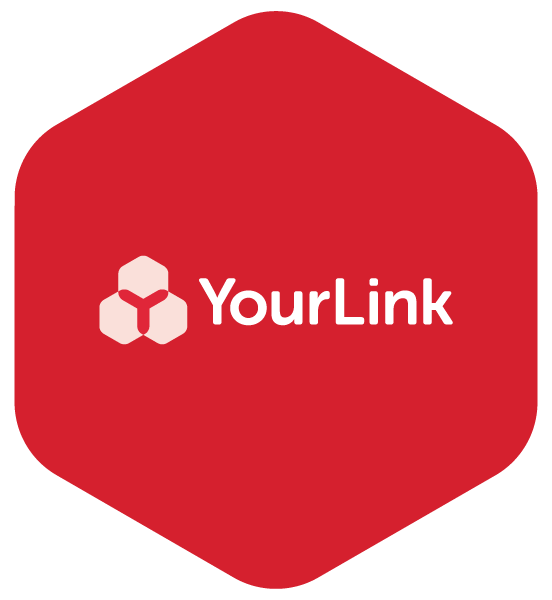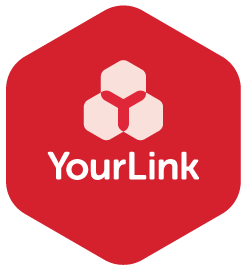Digital confidence is the key for organisations to thrive
Paving a better path forward for the aged care sector and those it serves has never been more vital. But for organisations looking to transform the way they operate not just to compete but truly innovate, there’s no silver bullet… or is there?
According to Dr Mike Rungie – leading advocate for improving the lives of older people and a Director of the Centre for Modern Ageing – the starting point is actually quite simple. “I think where aged care is struggling most is that it hasn’t yet understood that older people are on a journey just like everybody else, or what I call the modern elder journey,” Dr Rungie explains.
“They want a good life, regardless of how frail they might be. Like all journeys, there are many pain points, some of which are significant. But because aged care is effectively a pseudo-market, there’s not been this impetus for businesses to understand their customer journey, find out what the most significant pain points are, and act to resolve or address them so that their customers can live a better life.”
Smart organisations are recognising that thriving into the future – not only their business, but their clients and workforce too – means aiming higher than meeting basic requirements. By adopting a new operating model informed by the modern elder journey, and working alongside customers to genuinely address the pain points that most impact them, the possibilities are boundless.
Getting the point
The pain points in the modern elder journey are many, but Dr Rungie says most are connected to loss: loss of friends, independence, familiarity, roles and purpose, being taken seriously, being up-to-date and not left behind; loss of spontaneity, flexibility, choice, variety, and things to look forward to; the ongoing loss of physical function, brain sharpness and overall health and wellness.
At YourLink, we see these at play as we work to build digital confidence among seniors. And though it’s a staggering list, it is possible to overcome some of these.
“Once you decide which pain points you are going to attack – and this has to involve talking to the older people about what they care about most – and you move into the business of solving some of these, you quickly see that an amazing number of the solutions require clients to be tech literate,” says Dr Rungie.
“For example, one of the recurring themes that come up in loss of flexibility is around meals. We all enjoy changing what, when and how we eat, and for many older people being able to just order a pizza on a Friday night can make a huge difference in their lives. If they have to phone up a staff member and ask them to order, it quickly becomes impossible, but with a device and the confidence to use it, they could easily order dinner, cancel that night’s meal with the kitchen and let the front office know it’s coming.”
Though each person will have different pain points and technology solutions to address them, getting it right brings universal benefits for your customers: improved quality of life and access to care, greater safety, connection and independence, enhanced wellness and access to broader choices – all building blocks to a happier, healthier, more fulfilling life.
So what’s in it for your organisation?
The community care sector has been reshaped by the shift to consumer-driven care, leading to increased competition amongst providers for both customers and workers. Forward thinking service providers understand that this offers a real opportunity for providers to differentiate with unique services. Aged care organisations are already investing in technology, but in many cases this lacks integration, adoption or fails to address the real issues. Investing in the right technology solutions and ensuring clients, and workers, are confident in using them is key to harnessing the rewards.
“The first thing it does is turn your organisation into a living laboratory; you can collect data and insights from all these activities and see what’s going on so you can learn from it and adapt rapidly,” Dr Rungie explains.
“That immediately drives up several things with very little effort – quality improves, innovation improves, internal education improves, and you attract a workforce that’s keen to work differently. You can also attract better partners, combining offerings to create something that sets you apart in the market. When you put all this together, you can really start to attract more customers and funding. That’s when I think the game will change.”
The bottom line will benefit too. Effective and integrated use of technology improves productivity, generates efficiency in processes and confidence to introduce new services, reduces manual labour and paperwork, supports reporting compliance, and helps you effortlessly adapt to customer needs.
Overcoming isolation in aged care: Community Options Australia
Effective co-design and a deep understanding of the issues are imperative, and this is central to our approach at YourLink. A great case study is our partnership with Community Options Australia (COA) to build digital inclusion into its Wellbeing in Aged Care program, which provides short-term, person centred mental health interventions for residents of aged care facilities across the Western Sydney.
In the first phase of the project, delivered early in 2022, we trained staff from nine care homes across apps for communication, entertainment, wellbeing and mindfulness; one team took the idea of listening to podcasts as a group to their next residents' meeting, where it was quickly embraced into the weekly calendar. As a result of the digital wellbeing program, residential homes report improvements in mood and increased socialisation of their clients, while skills like video calling transfer easily from the social to the health context, opening up a fuller spectrum of digital health offerings.
It's a simple yet brilliant example of how investing in digital confidence helps your clients thrive and your workers feel supported. All while you deliver a higher standard of care that marks your organisation as a leader in the sector.
Contact Richard Scenna, Director by email richard@yourlink.com.au or phone 0408 742 743.
Looking for more articles to read?
Discover more tips and advice to get online, insights, news and case studies.
Are there are any articles or tips you’re like us to write?
Please email us or add a comment below.





